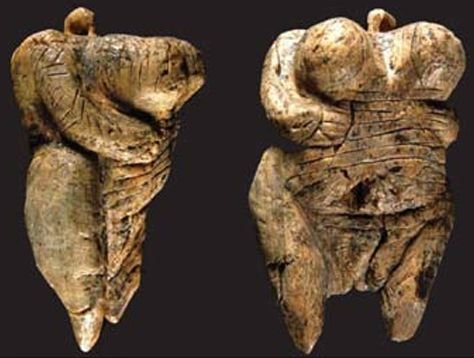Sublime
An inspiration engine for ideas

Ivory figurine from Hohle Fels, Germany, dated to the early Aurignacian ~40,000 years. There is no head, just an eyelet, presumably for suspension...
Photo: H. Jensen. © Universität Tübingen https://t.co/3XaMuIn1CY
Bands became tribes and tribes became chiefdoms.
Brian Klaas • Corruptible: Who Gets Power and How It Changes Us
Earth’s earliest forest revealed in Somerset fossils | #Geology #GeologyPage #Fossil
The oldest fossilised forest known on Earth — dating from 390 million years ago — has been found in the high sandstone cliffs along the Devon ..
Read More: https://t.co/0LxMs5f1lc
Geology Pagex.comNew genetic and morphological evidence suggests a single hoaxer created ‘Piltdown man’ | Royal Society Open Science 2016 https://t.co/ABXa3PbfkX
Chris Stringerx.comnot, as might be expected, in caves, but out in the open, where most Palaeolithic people lived out their lives.
Francis Pryor • Scenes From Prehistoric Life
Discovery in a German cave challenges our views on early human art. A 51,000-year-old deer bone with intricate designs suggests Neanderthals were not just hunters, but also artists. Live Science https://t.co/TLkYBfHEAR
Genetic Literacy Projectx.comAndrew
@lifestrategy
Financial Advisor
Anthony Fiedler • 3 cards
Just as woodpeckers specialise in extracting insects from the trunks of trees, the first humans specialised in extracting marrow from bones.